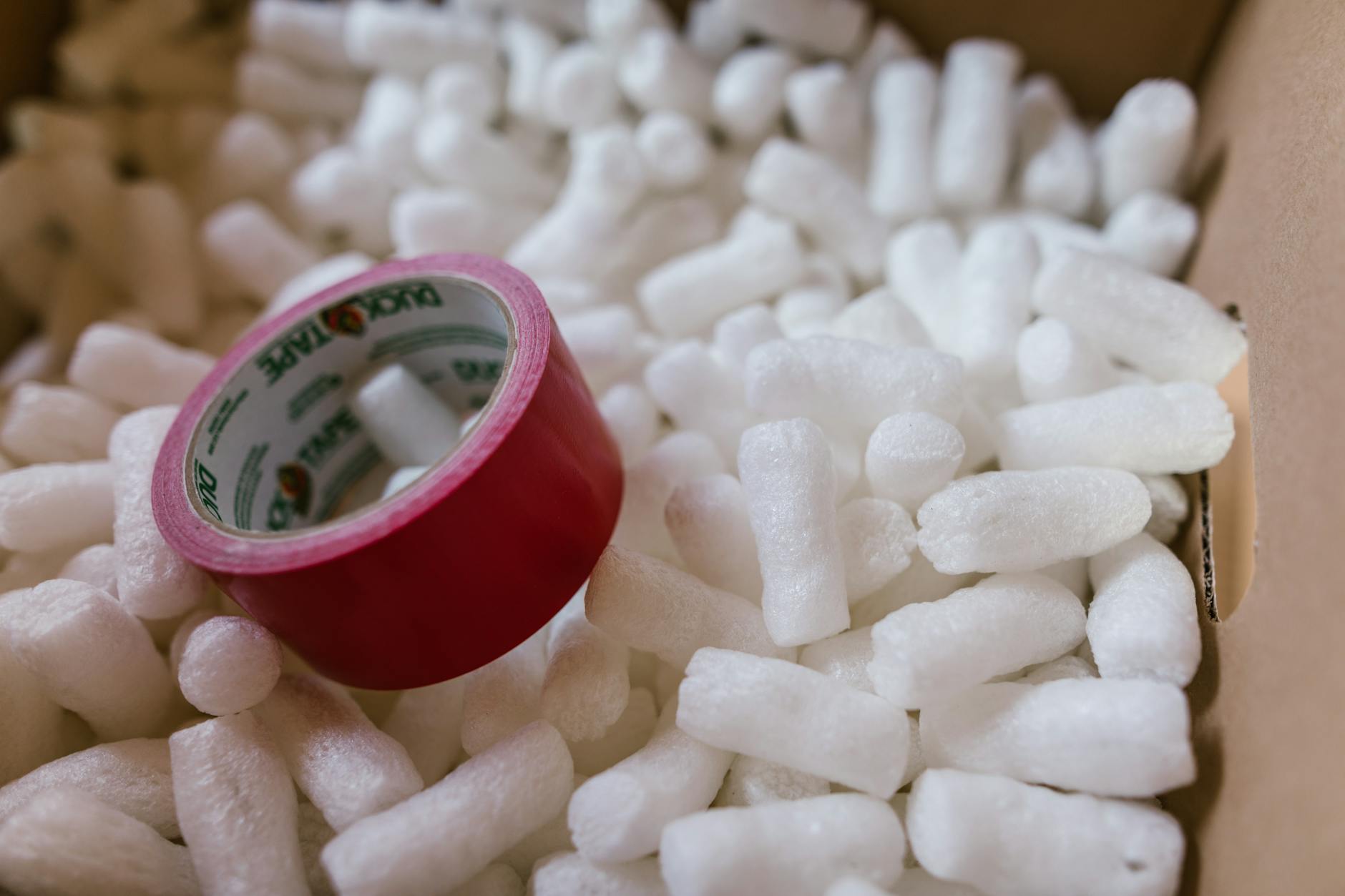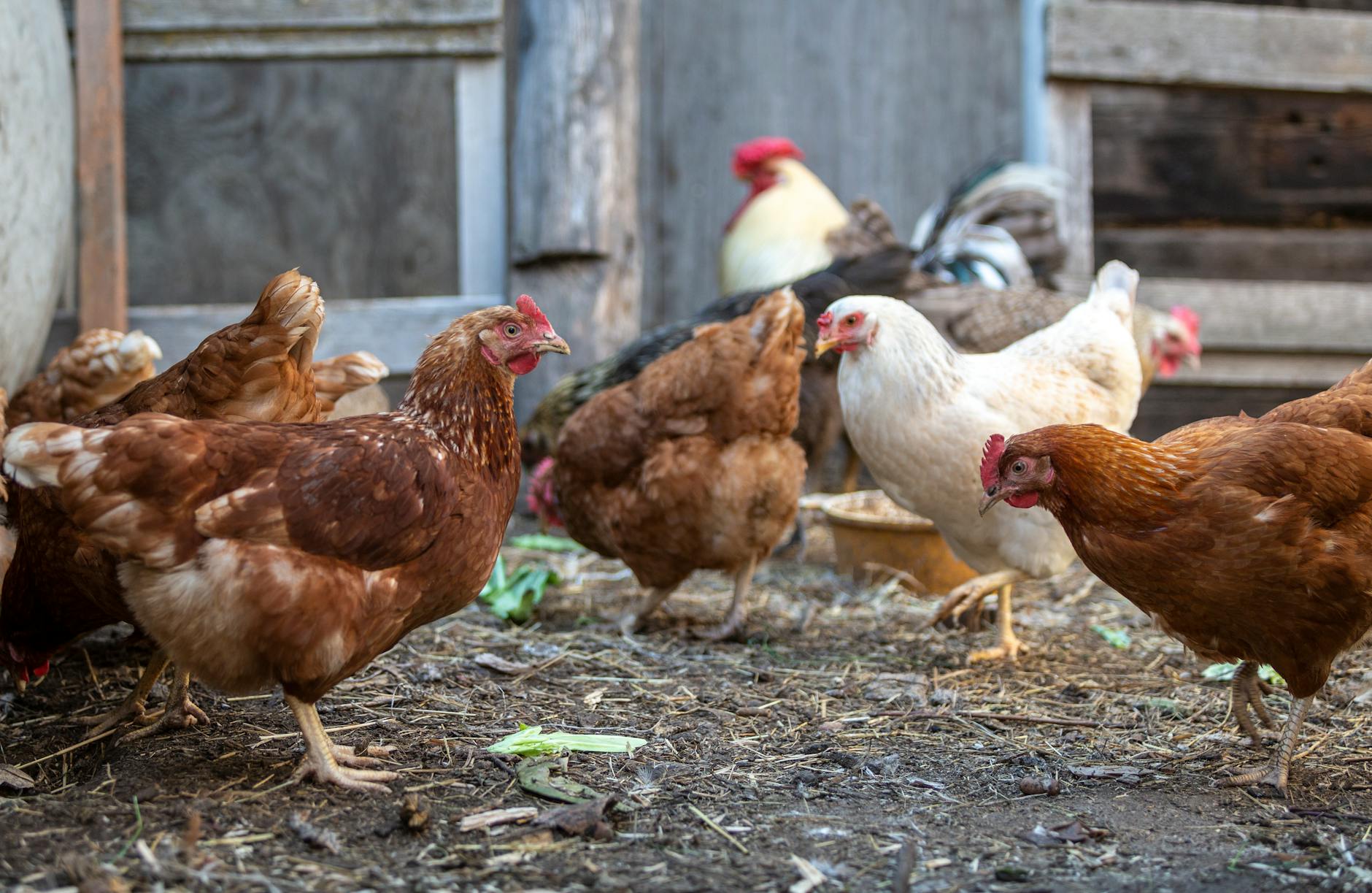Moving doesn’t just involve boxes and packing tape. It also produces a surprising amount of waste. This waste includes all the plastic wrap, bubble wrap, tape, or junk furniture that ends up in landfills.
Most people don’t think about the environmental impact of a move. They’re busy planning schedules, booking trucks, and figuring out how to pack. But with just a little extra effort, it’s possible to move in a way that’s cleaner, smarter, and less damaging to the environment. Whether you’re downsizing, relocating for work, or just switching neighborhoods, this guide will help you take simple steps toward a more sustainable move.
Pick a Local Moving Company That Cares About the Planet

Not all moving companies are the same. Some use outdated trucks that burn more fuel. Others may not recycle or reuse materials. If you want to cut your carbon footprint, choose a local company that takes sustainability seriously.
Start by asking a few questions before you book. Do they offer reusable containers? Do they plan efficient routes? Do they use biodiesel or other cleaner fuels? These small changes on their end can make a big difference. Local movers also don’t have to drive far, which cuts down on emissions. It’s even better if they support recycling programs or offer help with donating your unwanted items.
If you’re working with an interior designer, or just moving items into a new space with specific plans, look for movers that offer interior-focused support. A good interior design delivery & warehousing service can store, handle, and deliver items in a way that avoids waste and limits unnecessary transportation.
Solomon & Sons Relocation Services is a great example. They offer custom storage, furniture delivery, and staging services. Their team coordinates with designers, so nothing is moved twice or stored in the wrong place.
Pack Smart Using What You Already Own

You don’t need to buy a mountain of moving supplies. Most people already have items that can double as packing containers. Suitcases, laundry baskets, storage bins, and reusable shopping bags can all hold belongings just as well as cardboard boxes.
Using what you already have means less waste and fewer materials ending up in the trash. It also saves you money. Instead of buying packing paper, try wrapping your dishes in towels or t-shirts. These hacks aren’t just eco-friendly—they’re practical. They reduce the need for disposable materials and help you make the most of what’s already in your home.
Skip the Cardboard and Rent Reusable Boxes
If you do need more packing containers, look for companies that rent out sturdy plastic bins. These boxes are reusable, stack well, and don’t fall apart like cardboard. Many services even deliver them to your door and pick them up when you’re done.
Reusable moving boxes are a cleaner option because they reduce paper waste. You won’t need rolls of tape to hold them together. You also don’t need to worry about recycling piles of flattened boxes after the move. Renting these bins is often more convenient and helps support businesses that are trying to reduce waste.
Wrap Without Waste by Going Eco-Friendly

Bubble wrap may protect your things, but it’s not good for the planet. Thankfully, there are better choices. You can use what you already have, like blankets, scarves, or sweaters, to cushion fragile items. You can also buy biodegradable packing peanuts or recycled paper alternatives online.
Another smart option is corrugated wrap made from recycled cardboard. It’s easy to use and breaks down safely after disposal. The key is to avoid materials that are hard to recycle or that take years to decompose. Eco-friendly wrap options protect your items just as well without the environmental cost.
Donate or Recycle What You Don’t Need Anymore

Moving is a great time to declutter. But don’t just throw things in the trash. Clothes, books, furniture, and kitchenware can often be reused by someone else. Local charities, shelters, and community organizations are usually happy to take donations.
For items that can’t be donated, see if they can be recycled. Electronics, batteries, and certain plastics have special drop-off points in many cities. Getting rid of what you no longer need—without sending it all to a landfill—is one of the best ways to make your move greener.
Stick to One Trip and Reduce Fuel Use

One of the most effective ways to make your move greener is to plan it in a way that avoids multiple trips. Each extra trip adds to fuel consumption, traffic, and air pollution. Try to use the right-sized truck so everything fits in one go. If you’re hiring a moving company, ask them how they plan their routes and loads.
Some companies combine smaller moves into one larger trip to save fuel and reduce emissions. That’s a smart option when timing allows. Fewer trips mean less pollution and a shorter moving day for you. It’s better for the planet and easier on your budget, too.
Set Up Your New Home with Energy Efficiency in Mind
Moving is also a chance to make your home more energy-efficient. Start with small changes like using LED bulbs, unplugging devices you aren’t using, and installing low-flow showerheads. These changes don’t cost much but lower your daily energy use.
If you’re buying new appliances, look for Energy Star labels. These models use less electricity and water. You can also add power strips with on/off switches to help reduce energy drain from electronics. Making smart choices early helps keep your utility bills down and lowers your environmental footprint in the long run.
Moving doesn’t have to mean piles of waste or long drives with half-empty trucks. With smart planning and a little creativity, you can keep your move clean and efficient. Choosing local movers, reusing what you have, packing with care, and recycling what’s left all go a long way.
If you work with professionals—like interior designers or full-service movers—choose those who offer green options. That way, you stay organized and help the environment at the same time.
Each move is a chance to do better. Even if you can’t make every step perfect, the changes you do make still matter. A greener move is possible—and worth the effort.










